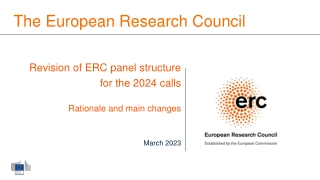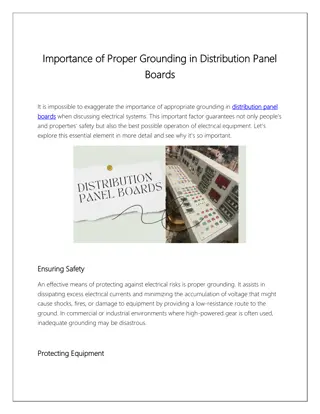
Elements of Liability Management and Restructuring Transactions
Explore the concept of liability management in corporate restructuring, including alternative financial transactions, shareholder advantages, and creditor considerations like drop-down, uptier, and double dip transactions.
Download Presentation

Please find below an Image/Link to download the presentation.
The content on the website is provided AS IS for your information and personal use only. It may not be sold, licensed, or shared on other websites without obtaining consent from the author. If you encounter any issues during the download, it is possible that the publisher has removed the file from their server.
You are allowed to download the files provided on this website for personal or commercial use, subject to the condition that they are used lawfully. All files are the property of their respective owners.
The content on the website is provided AS IS for your information and personal use only. It may not be sold, licensed, or shared on other websites without obtaining consent from the author.
E N D
Presentation Transcript
The term liability management has been used to refer to various elements of corporate restructuring. In some jurisdictions, it is often understood to mean financial transactions that are alternatives to traditional, in-court restructuring. These transactions are often designed to: Extend debt maturities; Reduce existing debt through haircuts or by capturing discounts; Increase liquidity through the raise of new capital or debt service relief; Achieve covenant and other relief. Liability management transactions can be viewed as advantageous by shareholders relative to more traditional restructuring frameworks because they can give shareholders greater control of the process and their economic interest. For creditors, participation in a liability management transaction can provide an opportunity, but can also be a threat, especially where such transactions have a coercive, non pro rata element.
In a drop-down transaction, the Restricted Group will transfer (or drop down ) assets to entities outside the Restricted Group thereby creating value which can either be distributed to Sponsors or used to raise funds outside the Restricted Group. The typical drop-down transaction involves the following fact pattern: The borrower can create unrestricted subsidiaries or other non-guarantor subsidiaries; The borrower identifies assets that can be transferred to such subsidiaries under the investment, disposition or other baskets under the debt documents; The transfer of assets results in the release of such assets from the collateral securing existing indebtedness; Such assets become collateral for new, structurally senior indebtedness.
In an uptier transaction, the borrower, with the consent of the requisite majority, enters into amendments of the debt documentation that usually provides for: Contractually senior positions for new money loans; Exchange of existing debt for super- priority debt that ranks pari or junior to the new money loans, but senior to the non-exchanged loans; Subordination of the positions of non- participating lenders (which can include the stripping of protections of the existing debt).
In a double dip transaction, the lender establishes multiple claims against the borrower. A double dip transaction can involve: Like in a drop-down, the borrower can create unrestricted subsidiaries or other non-guarantor subsidiaries and such entity incurs structurally senior debt; The proceeds of the new debt are used to create an intercompany obligation into the restricted group; The intercompany claim is pledged to the new money lenders; The new money lender has direct and indirect structurally senior claims over the restricted group s assets.






















